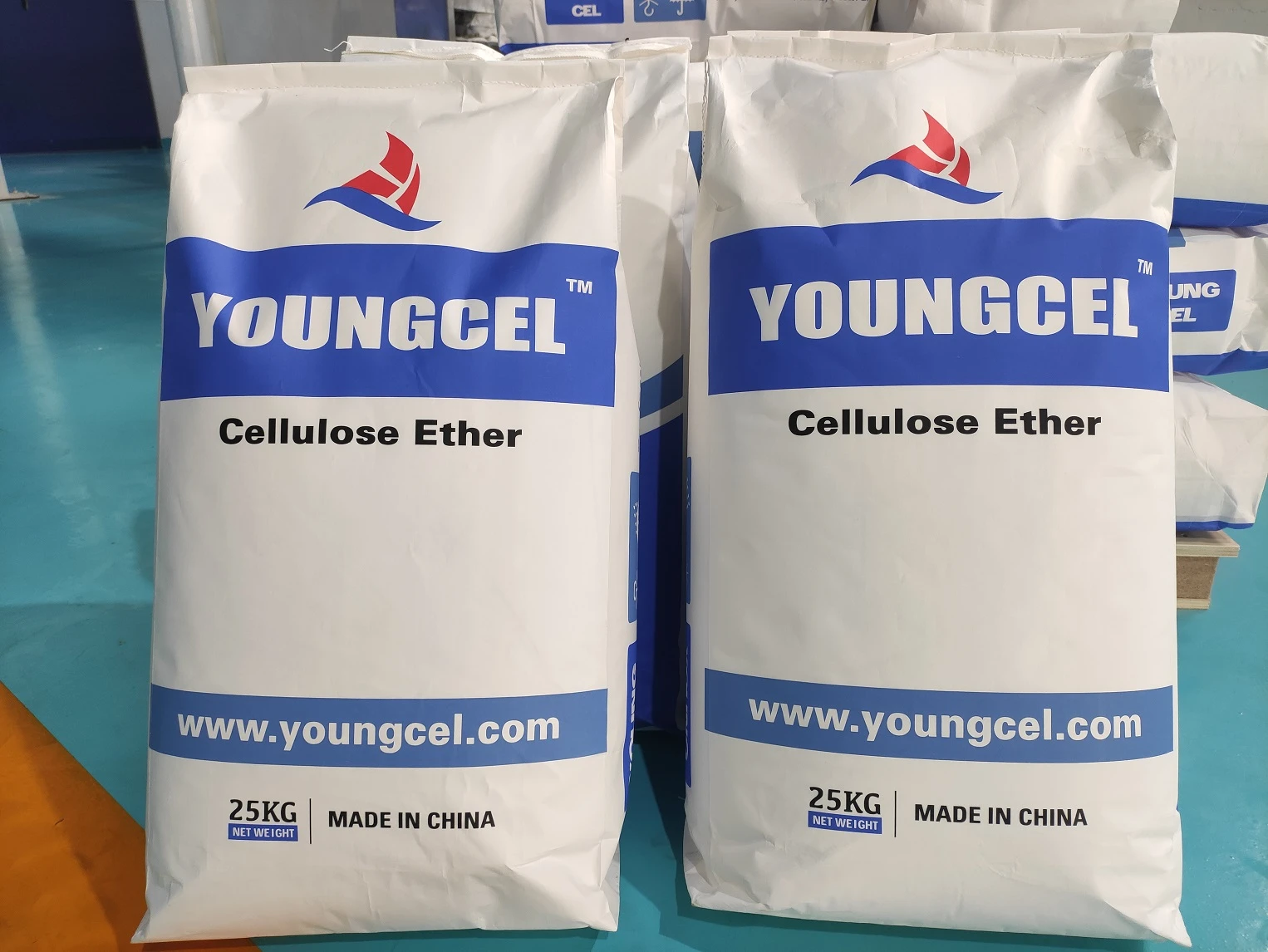Understanding Construction Grade VAE RDP A Comprehensive Overview
In the realm of construction and building materials, innovative solutions are pivotal in enhancing the durability, efficiency, and overall performance of structures. One such innovation is the construction grade VAE RDP, which stands for Vinyle acetate-ethylene (VAE) redispersible powder (RDP). This advanced material is gaining traction in the construction industry, particularly in formulations for adhesives, mortars, and coatings, owing to its outstanding properties and functionalities.
What is VAE RDP?
VAE RDP is a polymer used in various construction applications, predominantly in cement-based products. It is synthesized by the polymerization of vinyl acetate and ethylene monomers, resulting in a fine powder that can be easily dispersed in water to form a cohesive and stable emulsion. Once mixed with water, VAE RDP enhances the mechanical and bonding properties of construction materials, making them more resilient to environmental stresses.
Key Benefits of VAE RDP in Construction
1. Improved Adhesion One of the primary advantages of incorporating VAE RDP in construction materials is its ability to significantly enhance adhesion. Whether used in tile adhesives, plaster, or mortar mixes, VAE RDP provides excellent bonding strength. This feature is particularly beneficial in applications where materials need to adhere to a variety of substrates, including porous and non-porous surfaces.
2. Increased Flexibility and Elasticity Structures must endure temperature fluctuations and mechanical stresses. VAE RDP imparts flexibility to cement-based products, allowing them to accommodate movement without cracking or degrading. This flexibility is crucial in areas prone to seismic activity or thermal expansion.
3. Water Resistance VAE RDP contributes to the water resistance of construction materials, reducing the permeability of mortars and plasters. Improved water resistance not only extends the lifespan of structures but also minimizes damage from water ingress, mold, and mildew growth, enhancing the overall durability of the building.
construction grade vae rdp

4. Enhanced Workability The inclusion of VAE RDP improves the workability of cement-based products, making them easier to mix, apply, and finish. By enhancing the rheological properties, VAE RDP allows for smoother application and better control during the construction process, ultimately leading to improved quality and aesthetics of the finished product.
5. Environmental Compatibility As the construction industry increasingly emphasizes sustainability, VAE RDP stands out due to its eco-friendliness. It is often produced with lower amounts of volatile organic compounds (VOCs), making it a safer option for both applicators and occupants of buildings.
Applications of VAE RDP in Construction
The applications of construction grade VAE RDP are vast. It is commonly used in
- Tile Adhesives Providing strong and durable bonds for ceramic and stone tiles. - Rendering and Plastering Enhancing the performance of plaster systems, ensuring they remain intact under various conditions. - Self-Leveling Compounds Offering improved flow and leveling properties, crucial for flooring applications. - Mortars for Brick and Block Work Ensuring superior adhesion and flexibility, essential for masonry applications.
Conclusion
As the construction industry continues to evolve, the demand for superior materials that not only meet performance criteria but also address environmental concerns is on the rise. Construction grade VAE RDP exemplifies such a material, providing multifaceted benefits that significantly enhance the quality and durability of construction projects. Its ability to improve adhesion, flexibility, and water resistance makes it an invaluable component in modern construction practices. As professionals in the industry become more aware of its advantages, the use of VAE RDP is likely to gain even more prominence, contributing to the development of robust and sustainable structures for the future.
-
Rdp Powder: Key Considerations for Wholesalers in the Building Materials IndustryNewsJul.08,2025
-
Key Considerations for Wholesalers: Navigating the World of Hpmc - Based ProductsNewsJul.08,2025
-
Hpmc Detergent: Key Considerations for WholesalersNewsJul.08,2025
-
Key Considerations for Wholesalers: China Hpmc For Tile Adhesive, Coating Additives, Concrete Additives, and MoreNewsJul.08,2025
-
Crucial Considerations for Wholesalers: Navigating the World of Construction MaterialsNewsJul.08,2025
-
Key Considerations for Wholesalers Sourcing Additive For Cement, Additive For Concrete, Additive For Putty from Additive Manufacturer Shijiazhuang Gaocheng District Yongfeng Cellulose Co., Ltd.NewsJul.08,2025




